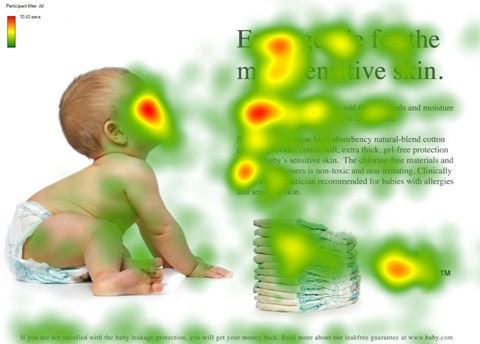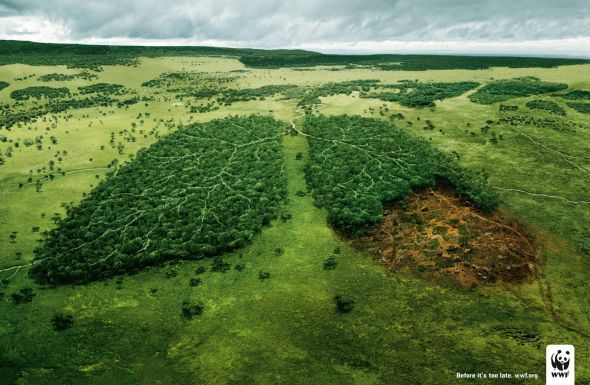Tinkering with Perception
Rory Sutherland: Life lessons from an ad man (TEDTalk)
“How many problems of life could we solve actually by tinkering with perception rather than that tedious hard working and messy business of actually trying to change reality?” ~ Rory Sutherland
Aside from Rory Sutherland‘s native charm (V4VYVUKTS56Y) and compelling storytelling which might have made his presentation enticing even if he were reminiscing the joys of wash-and-wear nappies, this ad man’s life lessons about perception and intangible value are spot-on! Obviously writers and storytellers of all stripes have been trafficking in perception since the beginning, but listening to Sutherland wax on about Mustafa Kemal Atatürk and Pernod and Shreddies I found myself thinking about publishing.
On the one hand, much lamentation has been spilled over the inevitable tactile and aesthetic losses in a digital book world. That musty smell of decomposing paper, the crisp swish of a turned page, the decadence of filling the margins with inked notes, doodles and the phone number of that attractive lady you met in the adjoining library carrel. Also much grumbling about the practical nuisance of an electronic tablet, ill-suited to reading in the tub or on a beach towel under the sun… In short, print book folks worrying aloud as we adopt a new vehicle for reading and sharing books.
To be sure, there is much that we’re losing, though I’ve suggested often enough that the transition is not likely to be quite as black and white as most people suggest, nor will print books vanish for a long, long time. Books will remain an important and present part of my world forever. But the inevitable transition to digital for many/most new releases is bittersweet for me. And yet, I understand and embrace this change. Sutherland touches obliquely on one of the reasons for my enthusiasm.
“If you want to live in a world in the future where there are fewer material goods you basically have two choices. You can either live in a world which is poorer, which people in general don’t like, or you can live in a world where actually intangible value constitutes a greater part of overall value. That actually intangible value in many ways is actually a very, very fine substitute for using up labor or limited resources in the creation of things.” ~ Rory Sutherland
This is but one small enthusiasm I share for digital publishing’s eclipse of smells-and-bells print publishing. And yet it’s an interesting one given that this question of perception and intangible value is deeply intertwined in the markets eager move to digital. Buyers are loading digital accounts with books that they may read, hope to read, could read,… Reading is hot again! Or at least owning books is hot again. I suppose that publishers lamenting the appetite for digital books might have mounted more intelligent campaigns cultivating and nurturing our appetites for the aesthetic pleasures of print books. It’s not too late. As print books become the exception rather than the rule, they will become luxury goods. And the opportunity to romance and inflate the value of ink and paper and binding will be ripe for exploitation.
A meandering post, headed nowhere in particular, I realize now. A pensée du jour that I’ll abandon as quickly as I initiated it. But first, two quotations with which Sutherland concluded his presentation:
“We are perishing for want of wonder, not for want of wonders.” ~ G.K. Chesterton
“Poetry is when you make new things familiar and familiar things new.“ ~ Rory Sutherland
So far as I can tell, this second quotation is Sutherland’s adaptation of a smart reflection inherited from Samuel Johnson:
“The two most engaging powers of an author are to make new things familiar, and familiar things new.” ~ Samuel Johnson









